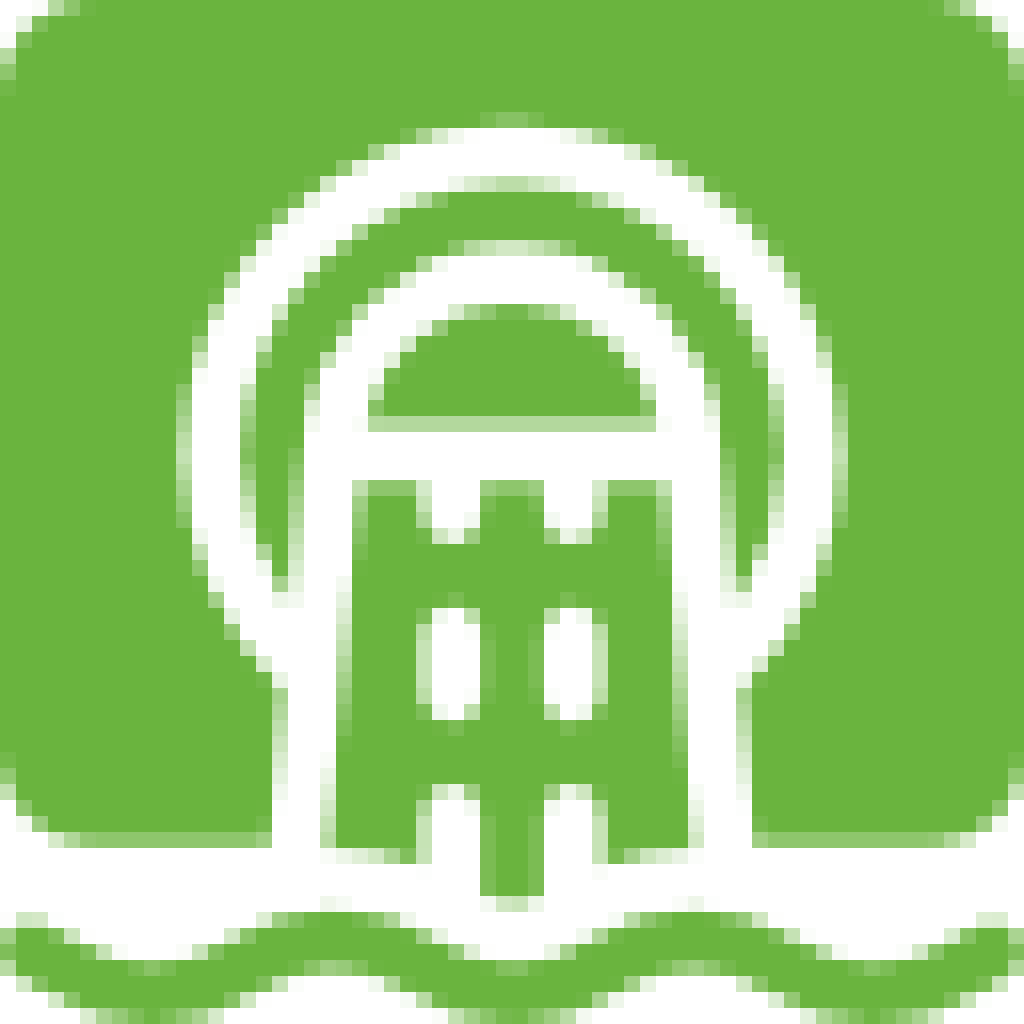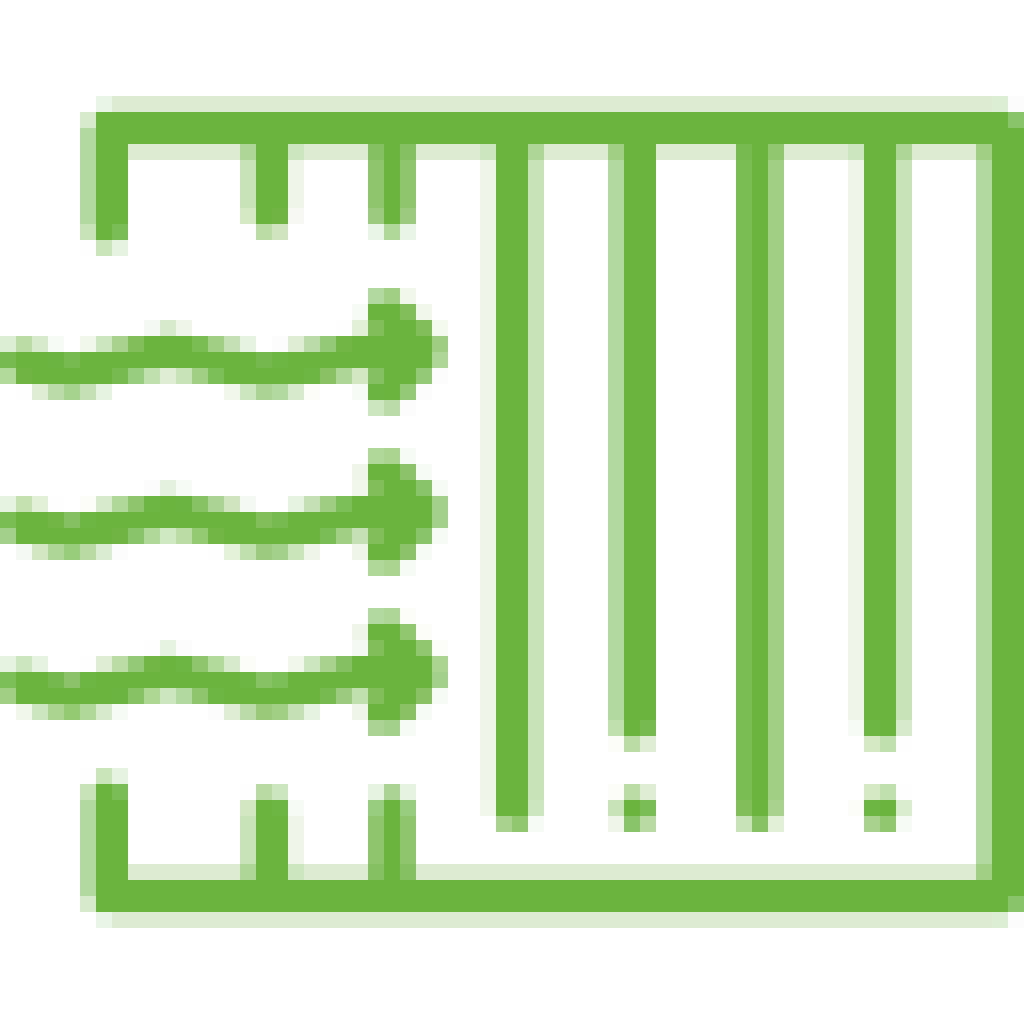
Headworks
Before the treatment process is started, large debris and garbage are taken out and sent to the landfill. After the screening, the water has slowed down enough to allow heavy material like gravel, grit and sand to settle out and be removed by the grit removal system before moving on to primary treatment.

Primary Treatment
Primary treatment is the first step in wastewater treatment at UAJA. Six primary clarifiers detain the wastewater flow for several hours, allowing suspended solids to drift to the bottom of the tanks. These solids are collected by mechanical scrapers, concentrated in cone shaped hoppers, and pumped out of the wastewater system to our biosolids composting facility. Floating solids such as grease and oil are removed in this process as well by a skimmer system on the surface of the clarifiers. Approximately 40% of the solids in the wastewater is removed by these physical processes in the primary clarifiers. The rest of the water moves on through the treatment plant to the biological treatment process.

Biological Treatment
This stage is a highly controlled artificial environment in which microscopic organisms such as protozoa, fungi, algae and hundreds of varieties of bacteria use the organic matter still in the wastewater stream as a food source. The microorganisms metabolize this organic matter and use it to sustain life, grow and reproduce. The plant operators at UAJA work diligently to control the artificial environment so this process is efficient. Water temperature, oxygen level, detention time, and amount of microorganisms are carefully monitored. The liquid suspension of microorganisms in this aerated basin is referred to as activated sludge. This name originated because this mass of biological suspension is very active in removing organic matter from solution. The microorganisms remove most of the organic material left in the wastewater. After going through this extensive biological process, the wastewater is conveyed to secondary clarifiers where solids are removed by physical settling. Some microorganisms are returned to the activated sludge process while some are removed from the system and sent to the compost facility. The clarified water continues on for more treatment.

Secondary Treatment
The next step is a lot like the process to cleaning drinking water. There are still some very small solids and dissolved phosphorous that we need to remove. Alum is added to the water and
become a solid that fine particulates stick to. As the mass gets bigger, it also gets heavier and sinks to the bottom of the clarifiers before moving onto solids handling.
Tertiary Treatment
University Area Joint Authority uses eight, anthracite coal, mono-media tertiary filters to polish the plant effluent and insure that the water discharged to Spring Creek meets the stringent permit limitations required. Secondary effluent is distributed to the filters. Solids are removed as the water passes through the coal media. The filters can be operated either manually or on automatic mode.

Disinfection
Final plant effluent is disinfected before being released to Spring Creek. Disinfection is accomplished by using Ultra-violet disinfection.

Discharge
Final treatment plant effluent is discharged to Spring Creek. Spring Creek is a high quality, cold water fishery. As such, very strict protections are in place. The plant discharge is monitored closely to insure all regulations are met at all times.
Tour Our Facilty
UAJA offers tours of the Wastewater Treatment and ComposT facilities during the warm weather months, as well as educational school presentations throughout the school year. Contact us below or call 238-5361 to request a tour.
